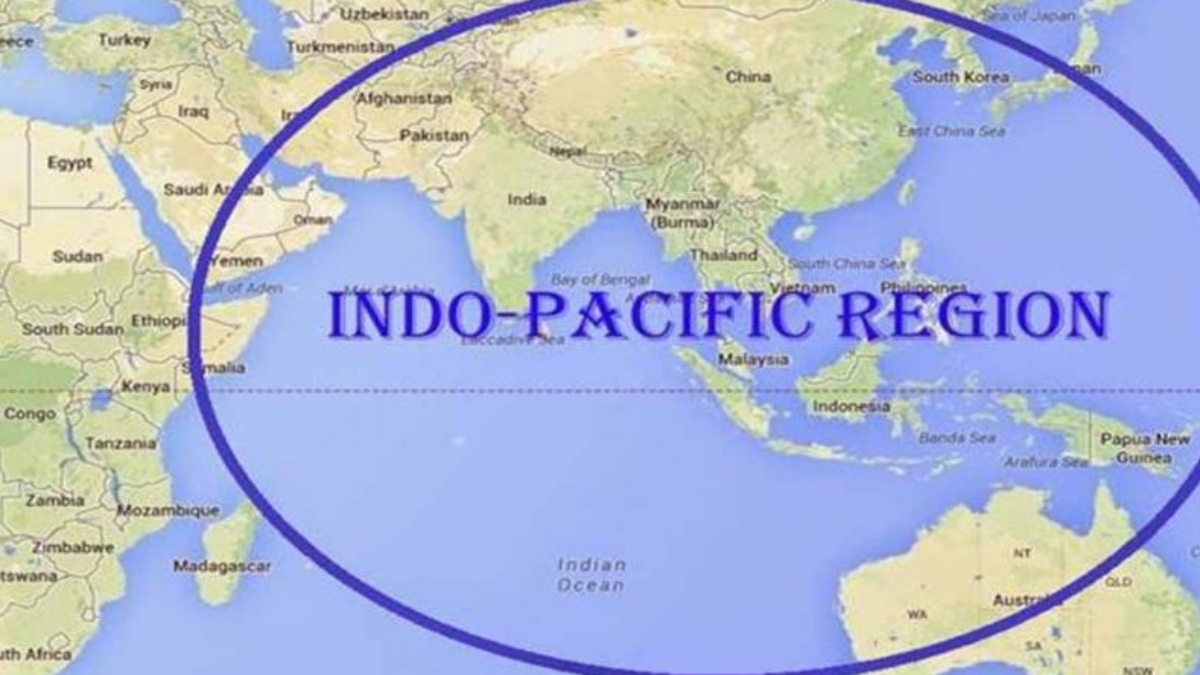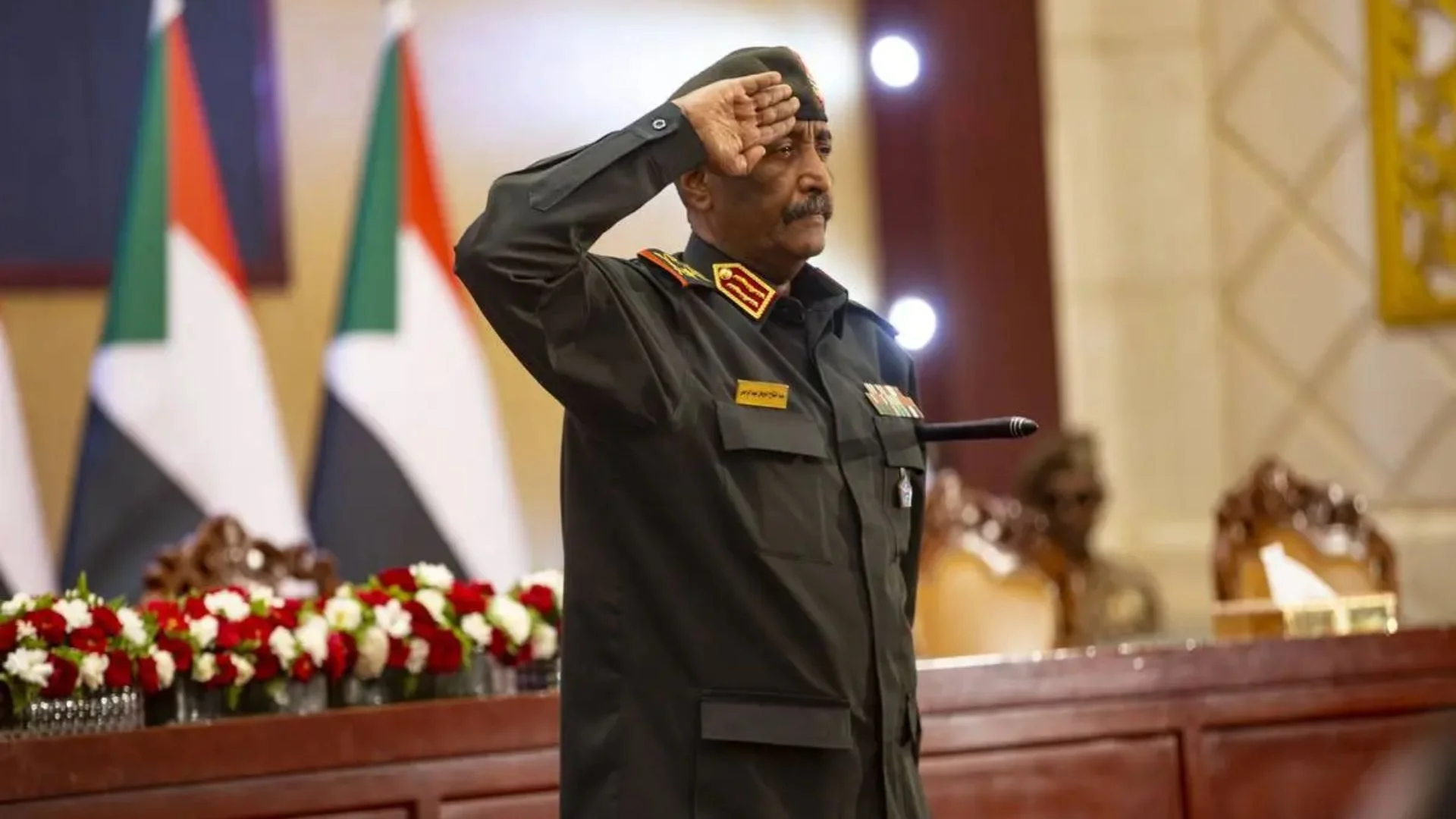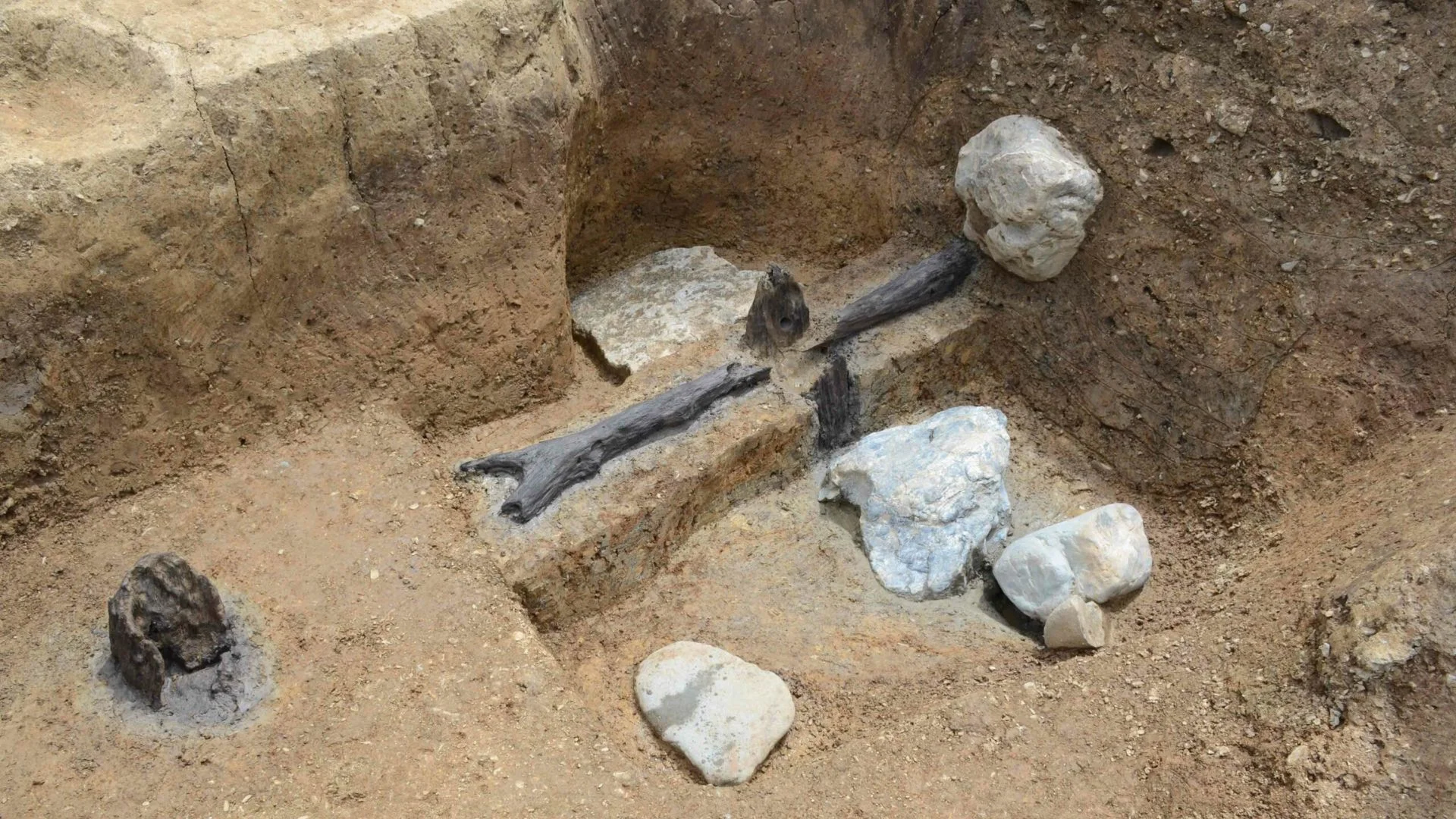A prominent promoter of the term and idea of ‘Indo-Pacific’, former Prime Minister of Japan, Shinzo Abe was killed during an election campaign in Japan on July 8, 2022. Indo-Pacific became popular, once PM Abe explained it as “the confluence of the Indian and the Pacific Ocean” and a confluence of two great civilizations of Japan and India during an address to the Indian Parliament in 2007. Since then, governments and academia in the region have expended effort in explaining the term as well as adopting it to their national requirements. The vast region covers an area from eastern coast of Africa to the eastern coast of Asia and the allied islands lying on the continental shelf of the Asian mainland in the Pacific. The validity of the term, in strict geographic parlance may be scrutinized, but it has geopolitical salience and meaning for several states in the region.
For India, the term Indo-Pacific denotes and unravels its new found and confident role in the international system, specifically, the Indian Ocean and Asia. The term ‘Asia-Pacific’, a precursor to ‘Indo-Pacific’, defined an area east of Indian Ocean and reserved only a peripheral role for India during the Cold War, i.e. from a Western perspective. The current situation, however, with declaration of the US pivot to Asia in 2011 and the renaming of US Pacific Command of the US Navy as the Indo-Pacific Command puts India at the centre of activities in the region. India’s geography and gradually expanding naval capabilities extend its reach both eastwards of its peninsular plateau as well as towards the west. Indian navy’s Indian Maritime Security Strategy, released in 2015, elaborates India’s sphere of influence and areas of interest in the maritime domain. It covers a vast area extending from the Suez Canal and Cape of Good Hope in the West to the Ombai and Wetar Straits in the East among the key chokepoints whereas the South China Sea has been listed as an area of interest.
Inclusion of South China Sea in the geostrategic calculations and the constantly expanding map of Indian Navy’s Mission Based deployment reflected India’s acceptance of the idea and conceptualization of Indo-Pacific. Formal usage of the term, however, by the government apparatus began only after PM Narendra Modi’s 2018 Shangri-La Dialogue speech wherein he defined the Indo-Pacific ‘from the shores of Africa to the shores of Americas’. The speech further explained India’s vision for the Indo-Pacific. The implementation of the vision had strategic partnerships and benefit of collaborations in the region as one of the key elements. There is realism in such thought as the available military capabilities of India are not sufficient to cover the vast expanse of Indo-Pacific. India has worked with the United States of America (USA) to overcome the deficiency through the Logistics Exchange Memorandum of Agreement (LEMOA) of 2016 and the Communications, Compatibility Security Agreement of 2018. These agreements and growing international partnership make USA, the most important partner for India in the Indian Ocean Region (IOR).
Furthermore, India’s focus on keeping ASEAN and its members at the heart of its Indo-Pacific vision, emphasizes multipolarity in the regional architecture. Australia after signing an agreement to buy submarines from French manufacturer Scorpene, cancelled it in 2021. Presumably it was done at the behest of the USA, and the United Kingdom (UK) was willing to provide similar submarines. This led to the creation of the AUKUS (Australia, UK and the USA) alliance for the Indo-Pacific. The French protested at various fora including the G7 last year. France has a significant presence here in the Indian Ocean through bases in La Reunion, Mayotte and islands further south. Moreover, it is a regular supplier of arms to India, and Paris and New Delhi have been collaborating in the Indian Ocean in various naval ventures in the Indian Ocean. The European Union too, declared an EU strategy for the Indo-Pacific region with India being the core partner in terms of connectivity, trade, health and environment. Similarly, Germany declared its Indo-Pacific policy in 2020 with India being one its strategic partners. Combined with the QUAD where it collaborates with the USA, Australia and Japan, India is now part of an effective multilateral geopolitical mosaic in the Indo-Pacific. This corresponds to India’s lasting desire and visions of ‘strategic autonomy’ in its international relations and avoidance of any camp in the new Cold War.
India’s stock in the Indo-Pacific is gradually improving. India receiving orders for the indigenously manufactured TEJAS combat aircraft from Malaysia is a milestone for India’s military technology and production framework. Moreover, its novel presence in the arms market and competition with the traditional arms suppliers has long term benefits for the Indian industry. Conventionally, innovations for military purposes have percolated to the society, the Global Positioning System (GPS) is an example. India stands to gain with sustained investments and promotion of the military technologies sector. It, however, remains a question whether these prestigious projects will be completed and delivered in time. Indian proclivity for delays and diversions is well known.
For India, Indo-Pacific vision and strategy and the required collaborations and connections are in place in the region. India has gained stature and relevance in the larger Indo-Pacific through early adoption of the term alongside Japan, Australia and the USA. New Delhi, however, must be aware of stretching its limited naval capabilities and resources to cover the entire geographical area envisaged as the Indo-Pacific in the Modi speech in 2018. For India, it is pragmatic to concentrate its resources and strengths upon the Indian Ocean Region where it is established as a meaningful actor through several military and diplomatic channels such as the Indian Ocean Naval Symposium and the Indian Ocean Rim Association. These activities are further strengthened by the regular naval exercises and deployments of the Indian navy in the IOR. On the other hand, Indo-Pacific as a geopolitical construct has salience for India whereas the operationalization of the vision may still be distant.
The author is Associate Professor of Political Geography and Geopolitics at the Centre for International Politics, Organization and Disarmament, JNU.























